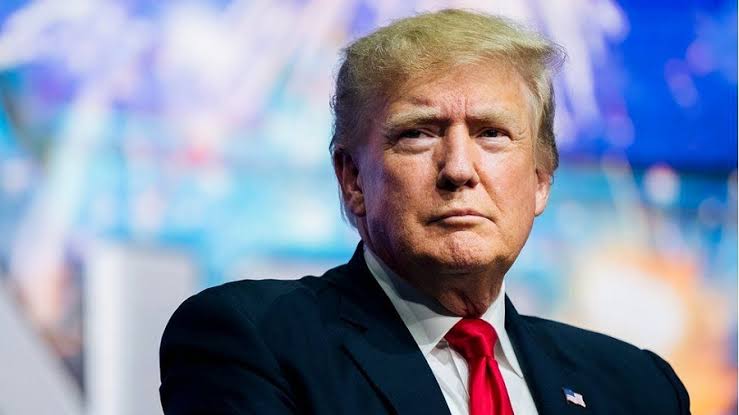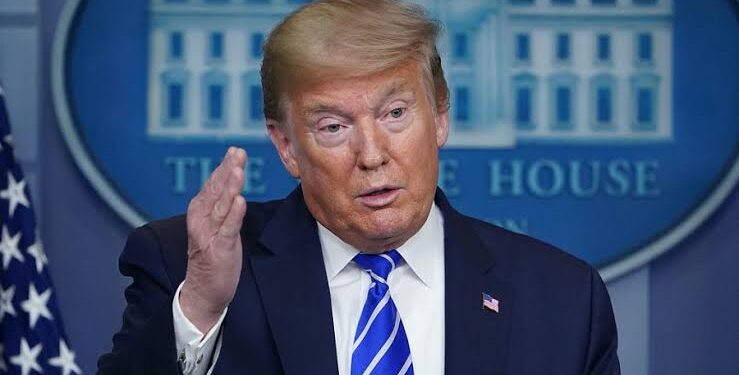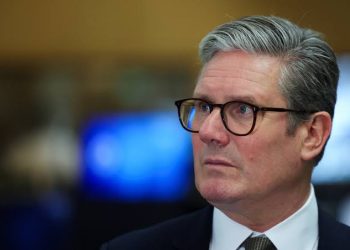With just two days to avert a partial government shutdown, Congress is in a state of disarray after President-elect Donald Trump rejected a bipartisan agreement on federal spending. Trump’s demands to address the nation’s debt ceiling before his inauguration have created significant challenges for lawmakers, exposing divisions within the Republican Party and complicating efforts to prevent a funding lapse.
Trump’s Rejection of the Bipartisan Deal
Trump has called on Republicans to reject a stopgap measure that would keep the government funded beyond the Friday deadline, warning that lawmakers who support the bipartisan bill should face primary challenges in the 2026 midterm elections. This move has forced House Speaker Mike Johnson and Republican leaders back to the negotiating table, as they attempt to craft a new proposal that can pass in both the GOP-led House and the Democrat-controlled Senate.
The President-elect also insists that Congress address the debt ceiling, a contentious issue that requires extending the government’s borrowing authority to avoid a default. This demand puts additional pressure on a divided Congress, especially as the debt ceiling has historically been a source of intense political wrangling.

Shutdown Threat Looms
Without a funding agreement, a partial government shutdown would begin on Saturday, disrupting a wide range of federal services just days before the Christmas holiday. Key areas affected could include air travel, law enforcement, and disaster response, causing significant disruptions to Americans during the holiday season.
A shutdown would mark the first since the 2018-2019 standoff during Trump’s first term, adding to concerns about the potential for prolonged fiscal instability.
The Role of Outside Influencers
The situation is further complicated by the involvement of Elon Musk, a Trump ally, who has urged Congress to reject the bipartisan bill and called for lawmakers supporting it to be removed from office. Musk’s public stance has drawn criticism from Democrats, who argue that unelected figures like Musk wielding such influence over federal policy sets a troubling precedent.
The Contentious Bipartisan Proposal
The bipartisan agreement that Trump rejected sought to extend government funding at current levels while allocating $100 billion for disaster relief and $10 billion in farm aid. The deal also included provisions such as a pay raise for lawmakers and measures to regulate hidden hotel fees, elements that Trump has criticized as unnecessary.
While the proposal represented a compromise between both parties, Trump’s rejection has reignited partisan tensions, with Republicans divided over how to proceed. Democratic leaders have criticized the influence of figures like Musk in swaying GOP lawmakers, warning of the risks of abandoning a deal that provides critical disaster aid and funding stability.
Broader Implications
The debt ceiling has long been a point of contention in U.S. politics, originally intended to curb borrowing but now frequently at the center of fiscal crises. With federal debt now at $36 trillion, debates over the ceiling remain politically charged, reflecting both parties’ contributions to the nation’s rising debt.
Trump’s decision to tie debt ceiling negotiations to government funding complicates efforts to find a resolution, leaving Congress in a precarious position as the shutdown deadline approaches.
Conclusion
The current gridlock in Congress highlights the challenges of navigating highly partisan dynamics at a time of significant fiscal and political stakes. With a partial shutdown looming and debt ceiling negotiations unresolved, the decisions made in the coming days will have far-reaching consequences for the functioning of the federal government and the incoming Trump administration. Whether lawmakers can overcome their differences to avoid a shutdown remains uncertain.

















